New York City, as densely packed as it is, is strewn with vacant lots. They tend to slip by, unnoticed as you stroll the streets and avenues. There aren’t many people who, if they do happen to acknowledge a barren plot of land on their rambles, say to themselves, “You know what? That would make a good place to create a community radio station, one that could be both a creative hub for the city’s everfertile underground music scene and a fun place to hang out and sip on some coffee or wine?”
But most people aren’t François Vaxelaire, who in 2015 was a Belgian transplant, fresh out of a master’s program at the New School, looking to take the next step in his life. “Music was always so important to me, even as a kid,” Vaxelaire, who at the time was working as a teacher’s assistant and as a freelance photographer and videographer, says. “But I never thought about doing anything professionally with it; it was more about emotions and passion. But in the work I was doing, I was not really fulfilled.”
One day, he was strolling by a small tract of long-unused land, a scruffy triangle of space with Greenpoint to the north, the pricey condos surrounding McCarren Park to the east, the looming hotels of Williamsburg to the south — and the East River, along with a priceless view of the Manhattan skyline, to the west. “There was a panel saying ‘ideal for food truck’ and a cell phone number,” Vaxelaire recalls. “I don’t know what happened in my brain, but everything connected — we should put a container or a trailer on this little triangle, and we should do a radio station right here, right on this little triangle, something like NTS in London or Red Light Radio in Amsterdam. Here in New York, there was no equivalent.”
There was a year of struggle — “an emotional roller coaster” is how he describes it — as he tried to explain to uncomprehending city administrators just what he was trying to achieve. “Then by chance,” he explains, “I talked to one person from the city who was actually a music lover, and she was like, ‘Huh, tell me more.’ That led to more doors being opened. I just had to find a couple of people who loved music and listened to me to make this possible.”
After many months of hard work, The Lot Radio, its converted shipping container home in place, began streaming in February of 2016, with a soft opening helmed by the Discwoman crew. Its ancillary café, serving coffee, tea, beer, wine, and snacks soon followed, helping to defray costs. (“That’s how we pay rent.”) And while the station has seen its share of big-name artists rolling through in the years since — the likes of Ben UFO, Ellen Allien, Busy P, Floating Points, and Four Tet, for instance — it’s a community radio station first and foremost, with locals like Justin Strauss, musclecars, JADALAREIGN, Analog Soul, and Anthony Naples making up the bulk of the line-up.
“It’s definitely an active balance,” Vaxelaire says. “You can quickly fall off balance when it becomes like a hunting game where you just want headliners. But I think it’s unhealthy. We always want to be a platform for the local things.” Everybody loves The Lot Radio and its team — too many to mention here, but Vaxelaire takes care to thank them all, from the bookers to the baristas. Even the fathers at San Damiano Mission, right across the street from the shipping container, are fans, occasionally wandering over to check out the scene. And why shouldn’t they? The Lot Radio is a true blessing. BRUCE TANTUM

It’s Monday afternoon in Detroit, and Waajeed is tired. He’s just flown back home from New York City, where he DJed a pair of gigs over the weekend, but that’s not the precise cause of his fatigue. It was an informal morning-long mentoring session with one of the weekend’s opening spinners that’s done him in. “The conversation was more about life tools and in making choices that better your life than it was about DJing,” the man born Robert O’Bryant says. “Just like, ‘Hey, maybe you should smoke a little less weed, maybe you should not drink, maybe you shouldn’t go to the after party, maybe you should take your ass home and work on your craft.’”
Mentoring comes easily to Waajeed — he grew up surrounded by it. He considers the varied likes of Motown and Underground Resistance as mentors in a way. “Just on ways to do it yourself and be visionary,” he explains, “not just in creative spaces, but business spaces as well.” More directly, people like the Motor City polymath Amp Fiddler helped guide Waajeed on his life’s path, by welcoming him and the other neighbourhood kids and imparting some of his studio know-how and music-business wisdom.
That, in part, is what’s led to Waajeed’s biggest role yet, as the co-founder and driving force behind the Underground Music Academy, a Detroit community music hub with the lofty goal to build the future leaders of electronic music. It’s a work in process — he and his team are largely rehabbing the space themselves, in a building that once served as a local NAACP headquarters. But UMA’s studio is up and running, and the classrooms and online classes are lining up — it’s taking a while, but it’s an important mission.
“It’s not just about drum machines,” Waajeed explains. “It’s also about survival skills. Even if you decide that you don’t want to be a producer or DJ, you need to set yourself up with certain social-justice tools, and understandings of people and situations, and of a world that’s greater than yourself. It’s about how you work in that constellation.”
UMA is just one aspect of Waajeed’s career that makes him our underground hero of 2023 — there’s his craft as well. His releases tend to be more than simply great music, but are layered with meaning and purpose. Take the recent ‘Free State’, for instance, a collaboration with writer and historian Imani Perry and visual artist Mario Moore — the album attempts to tell the story of Black Civil War soldiers through hip-hop. Last year’s stunning ‘Memoirs Of Hi-Tech Jazz’ was similarly rich in meaning.
“This is probably the most personal album I’ve ever made,” he explained to DJ Mag this past January. “It’s a collection of ideas of where I’m at, currently — in life, with the idea of creating Underground Music Academy, everything. It’s reflective of my transitions and my learning curves as a human being. It represents a shift, a new way of thinking, a journey that I want to bring the listener into and through.”
Even a casual conversation with Waajeed feels like a mentoring session. “One of the things that my career has taught me is that if you’re in the future, you’ll always have a job,” he says. “You can trail-blaze a new space so that you hold the keys to being a pioneer. I’ve learned that it’s not just enough to come and copy and paste the same shit that somebody else is doing. How you make music, or how you DJ, should be a reflection of your life, of your own experiences. And if we harness that at Underground Music Academy, and really stay true to it, then Detroit can be the foundation of another genre.” BRUCE TANTUM

THE MARTINEZ BROTHERS & TOKISCHA ‘KILO’ (CUTTIN’ HEADZ)
You’ve undoubtedly heard it. You’ve very likely danced to it. You may have even chanted along with the lyrics — “Quiero un kilo (cocó cocó), mm mm”, perhaps, or maybe “Ah, mm, ziploc, abracadabra.” We’re talking about ‘Kilo’, a collaboration between NYC’s Steve and Chris Martinez and the Dominican dynamo Tokischa, who’s Spanish-language rap sends the percussion-heavy track into the stratosphere.
“We got the call that Tokischa wanted to do something,” Steve says, calling in from the White Isle, where the siblings are in the midst of a summer-long residency at Hï Ibiza. “We knew she was a fan of the house scene, but we didn’t know that she actually wanted to make a house track, so when we went into the studio, we started playing her all these more urban-leaning beats. She was like, ‘Bro, my favourite track from you guys is ‘Stuff In The Trunk’. You have anything like that?” We were like, ‘Oh, snap!’” Fate stepped in — Chris had just cooked up an intensely bumping rhythm two days earlier. “As soon as we played it,” Steve continues, “she went in and started writing it.”
Besides the beat and the vocal, the cut’s other main hook is that insane bell tone that runs throughout the track. The Miami-based producer Nick León happened to be in the studio with Tokischa and the brothers that day, and Steve gives him the credit for that particular bit of genius. “Nick came with his Prophet,” Steve recalls, “and just started doing some riffs — and we were like, ‘Yo, we got to keep that!’ you know? So, Nick León definitely deserves props. He definitely contributed a lot to that track. He’s such an amazing artist.”
Between the four of them, they walked out of the studio that day with the track nearly complete, with just a touch of post-session fine tuning coming from the brothers. Released late last autumn, the tune’s got staying power. “If we don’t play it,” Steve says, “people get mad — like, ‘Dude, you didn’t play ‘Kilo!’” BRUCE TANTUM

SIA ‘MANCHILD (TOKIMONSTA REMIX)’ (EMI RECORDS)
“Turn around and ask yourself”: So goes the hook of TOKiMONSTA’s remix for Sia’s 2022 ‘Manchild’ cover, which itself offered a fresh spin on Neneh Cherry’s 1989 track. “It’s several layers deep, very much an Inception version of the original song,” TOKiMONSTA tells DJ Mag, comparing her remix to Christopher Nolan’s densely layered film about compounding realities within dreams. The winning remix is dreamlike, too — a wispy breakbeat tune that calls out egotistical, self-reflexive masculinity and blends the three artists’ soulful centres, delivering an ever-stronger core message resonating across generations.
In her remix, TOKiMONSTA employs brightly rising synths with darkly angelic IDM harpsichord sounds amongst funky breakbeat and junglist percussion, all backed by Sia’s soaring pop lyrics. “This remix was the beginning of me touching on different styles or approaches to my own music — that being breaks,” she explains. “Breaks are something that I used a lot when I first started making music in the context of hip-hop and rap. Now, (I’m) revisiting breaks in terms of rave and different tempos.” There are also those stilted, tripped out, ravey synth stabs. “I wanted to go early-’90s rave and touch back on things that were formative for me as a musician when I started producing. That’s where the sound palette came from.”
“I like really crazy, busy music. I’m a big fan of Aphex Twin, Squarepusher and all that stuff,” she explains. “The weirder it gets, the more exciting it is. And the weirder I can get.” TOKiMONSTA’s dedication to experimentation, coupled with a keen ear toward the past, made her remix of ‘Manchild’ your top pick for remix of the year. “Remixes can breathe new life into amazing songs for a modern audience,” she concludes. “I’m really grateful that I got to be that person to touch this song and do something cool with it in 2023.” B.I. EMPEY
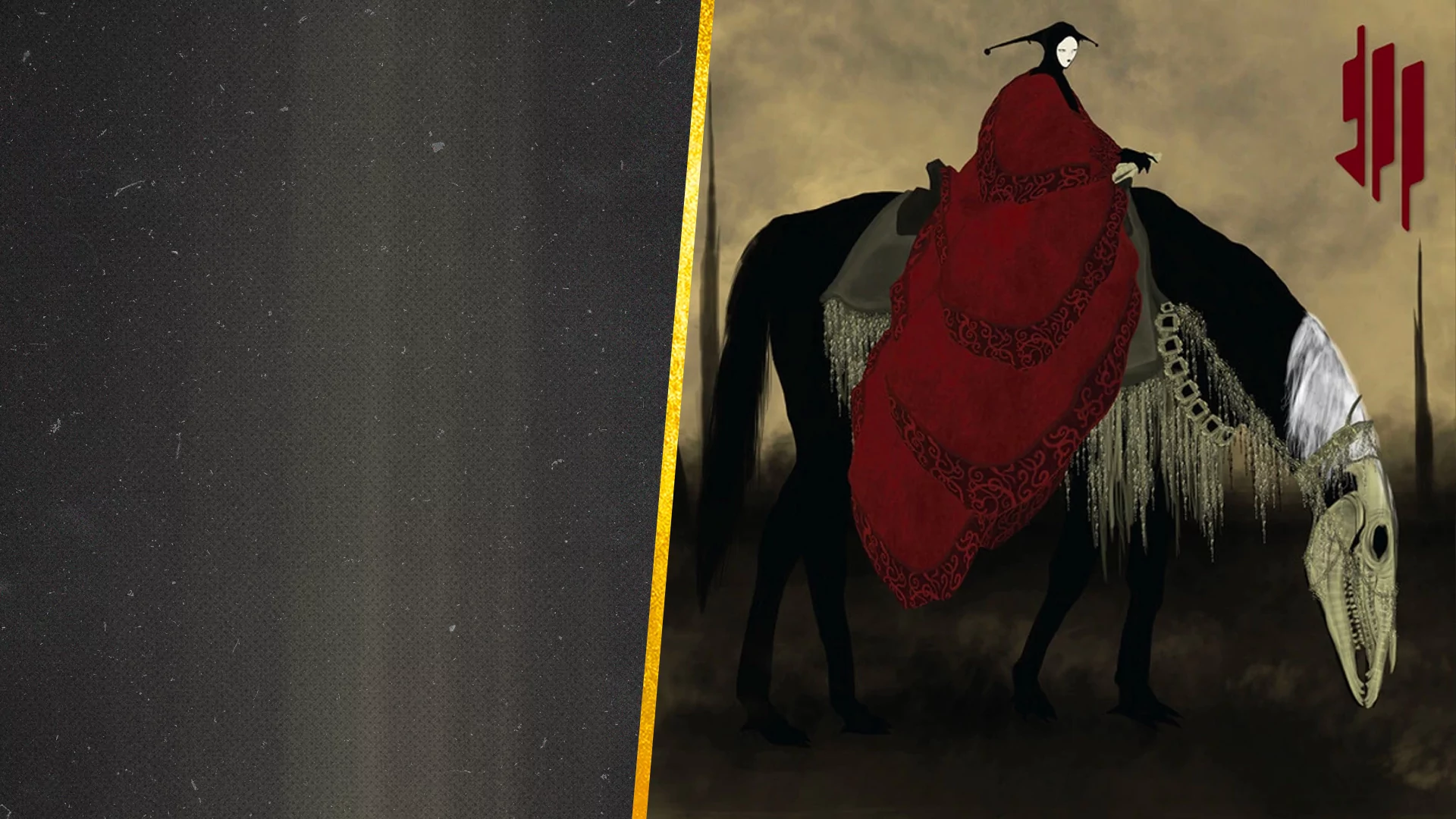
SKRILLEX ‘QUEST FOR FIRE’ (OWSLA / ATLANTIC RECORDS)
If 2023 has been anyone’s year, it’s belonged to Sonny Moore, better known by his stage name Skrillex. Between solo performances at Red Rocks Amphitheatre and festivals like Primavera and Ultra, and surprise appearances at lowkey, small-capacity events, as well as the now-legendary linkups with Four Tet and Fred again.. at Coachella and Madison Square Garden, it’s been a relentless year of touring and travelling.
It makes sense, though, that this period of madness comes now, off the back of his two, long-awaited studio albums: ‘Don’t Get Too Close’ and ‘Quest For Fire’, released across two days in February this year. After spending the last few years in the studio — even cancelling performances to get the LPs finished — the albums reintroduced the new, more collaborative Skrillex of recent times, bursting with that same, bass-driven formula, and paired largely with a host of long-time and newfound collaborators.
It’s the latter album that scoops this year’s award for Best Album. While it’s Skrillex who firmly builds the foundations of ‘Quest For Fire’, that long list of collaborators brings the LP together. It feels like a performance piece, with Skrillex writing the script and setting the stage, before inviting each artist to add something unique to each scene — be that Porter Robinson, Fred again.., Noisia, Missy Elliott or Aluna.
From ‘Leave Me Like This’, which pairs Bobby Raps’ sad-boy vocals and lyrics with a serious bassline, and the nod to his dubstep days with Joker and Sleepnet on ‘Tears’; the fantasy world of solo number ‘Hazel Theme’ and a heartfelt throwback to his time in the world of pop punk and post-hardcore with the aptly titled interlude, ‘Warped Tour ’05 with pete WENTZ’, the exploration of sounds and partnerships across the tracklist is endless — but ‘Quest For Fire’ remains Skrillex to its bones, and one of his most inspired works to date. AMY FIELDING
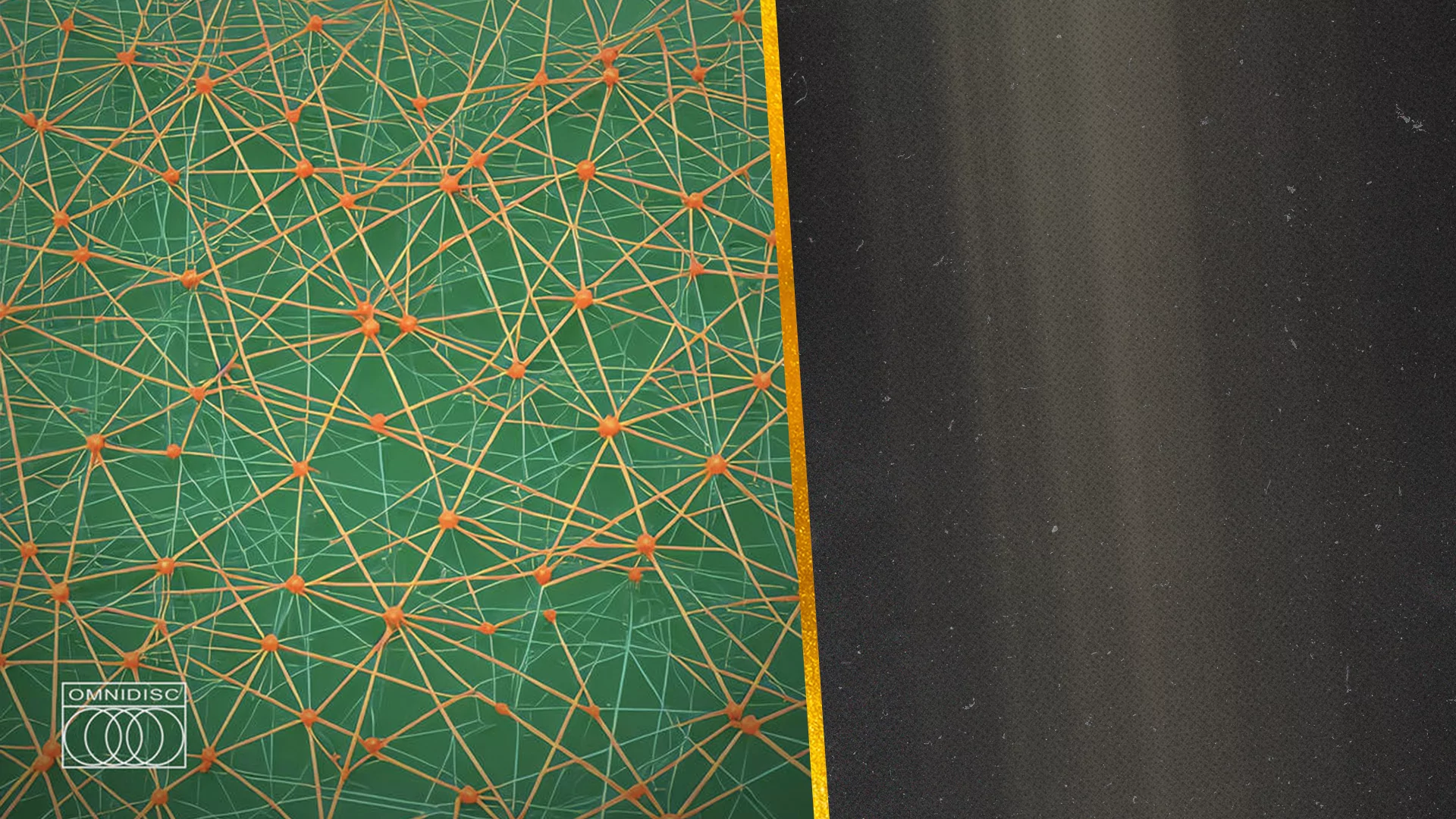
‘HOMECORE! MIAMI ALL-STARS’ (OMNIDISC)
The cover of ‘Homecore! Miami All-Stars’, a behemoth of a compilation from the city’s bubbling electronic-music underground, features a series of orange loci and linking lines, stretching in all directions amid a green colour field. It works as an eye-catching piece of abstract cover art, but for Danny Daze, who put the comp together — a hands-on sort, he also mastered 41 of the 44 tracks, and released it on his Omnidisc label. “Those connections are the connections between all of us,” he explains. “It’s the nervous system of Miami.”
Even at nearly four dozen tunes, it’s hard to sum up the vibrancy of those connections in a single collection — but ‘Homecore’ manages to do just that. The album features a handful of Miami pioneers, like the house duo Murk (the sticky ‘Filth’ is the pair’s first new tune in years) and breakbeat kingpin Otto Von Schirach, but most of the comp is given to younger artists — ascending producers such as Nick León, Coffintexts and MJ Nebreda, and relative unknowns (at least for those outside of South Florida) like Sohn Jamal, Deroboter and SEL.6. It’s as stylistically diverse as any compilation that you’re likely to hear, with nods to electro, Miami bass, techno, footwork-esque sounds, reggaetón, IDM, drum & bass (via none other than Craze) and lots more, yet somehow it all sounds like Miami.
Daze is in love with the music of his city in all its glorious colours — his chat with DJ Mag even goes into a long digression on the wonders of Miami Sound Machine. “The reason that we’re such a musically rich city,” he says, “is because of the number of different cultures that we have here — Black culture, Cuban culture, Hispanic culture, whatever culture — and we tend to just subconsciously grab from each other’s culture without thinking about it.” And that’s exactly what makes ‘Homecore! Miami All-Stars’ the year’s best compilation. BRUCE TANTUM
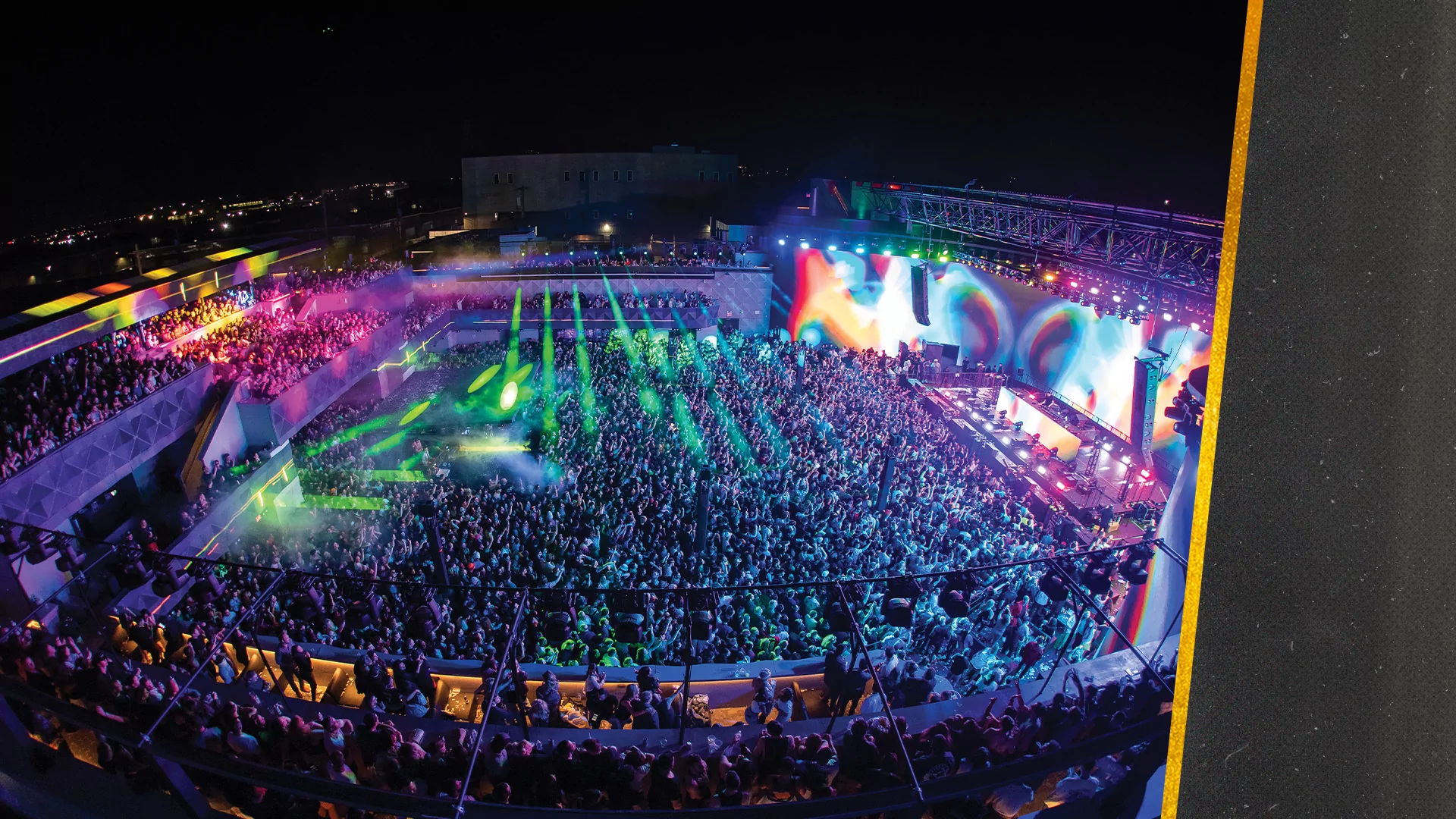
There’s always room for pure eye-popping spectacle in clubland, and nowhere has that end of the clubbing spectrum covered better than Brooklyn’s Avant Gardner. This year is the second win for the sprawling complex, spread out over a full city block in an industrial corner of East Williamsburg.
A huge part of what makes Avant Gardner a success is, of course, its bookings. You might find an underground artist like Sofia Kourtesis spinning in the 1,000-capacity Kings Hall one night, a Cityfox takeover of the thrice-larger Great Hall the next — and after that, a superstar like Martin Garrix playing in the club’s crown jewel, the open-air Brooklyn Mirage. But what makes the spot special, for both the acts and the crowd, is the way it helps to achieve an artist’s vision.
By way of example, Kenny Schachter, Avant Gardner’s head of programming, recalls a night with the Keinemusik crew. “Our team and their team worked really closely together to create this completely custom production, where we fabricated these clouds and a peace sign and rigged them from kinetic motors from the roof structure, which allowed them to move dynamically throughout the show,” he explains. “We projection-mapped content on the clouds, and then the LED wall was their custom content. It created such a moment.”
The club regularly has moments like that, but the team isn’t content to rest, and Avant Gardner is as much a work-in-progress as a finished product. That LED wall Schachter mentioned, a 200-foot-by-30-foot high-res behemoth, was installed in 2022; the sound system is continually tweaked; and a recent update to the space’s design and layout has maximized sightlines and crowd flow. “It’s never done, it will never be done,” he says. And that is why Avant Gardner has again taken the Best Large Club category. BRUCE TANTUM
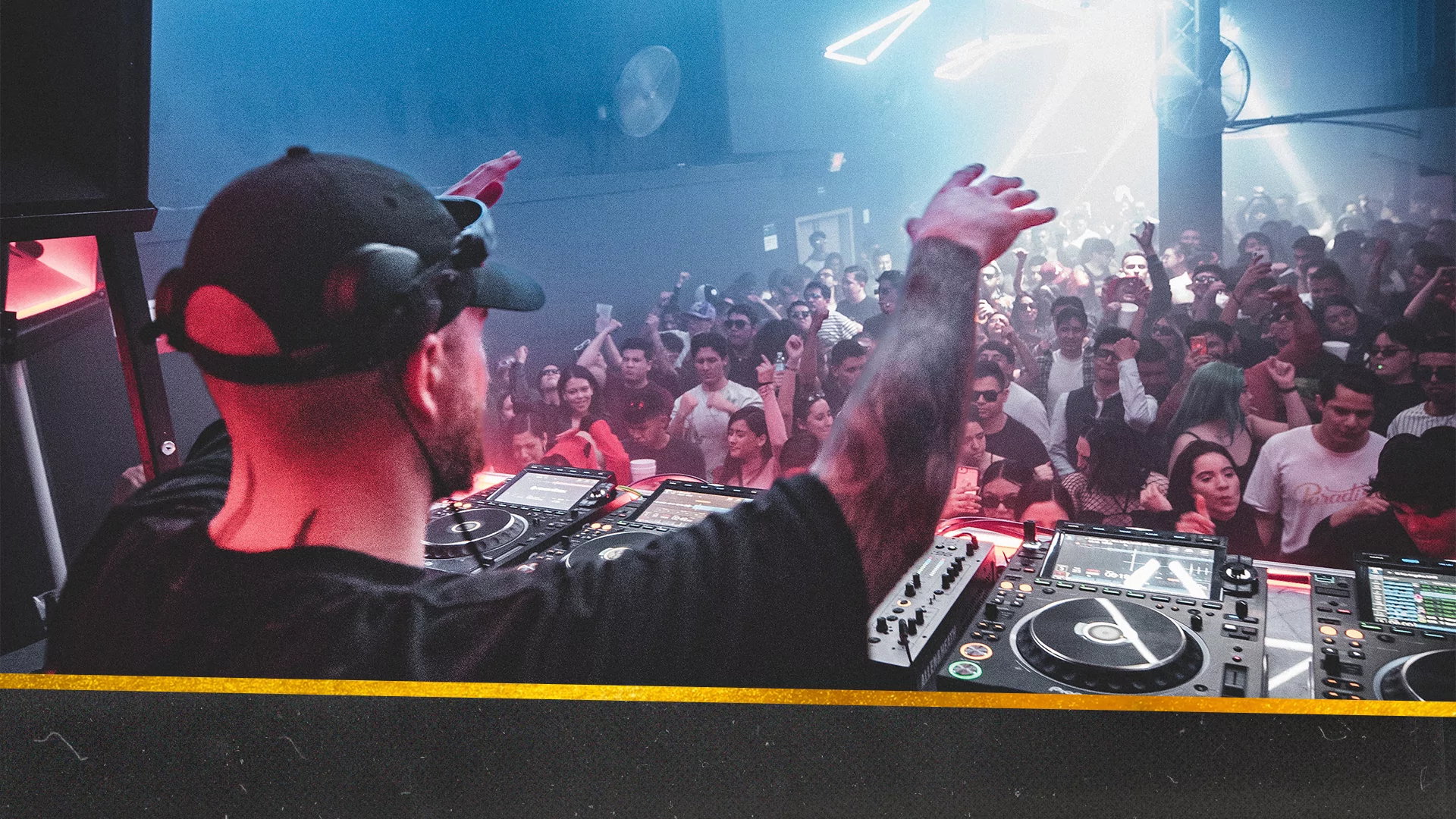
What a year it’s been for Hardpop. The 500-capacity venue in Ciudad Juárez has hosted the likes of Sama’ Abdulhadi, Carl Craig, James Zabiela, Marco Faraone, Kobosil, and Lilly Palmer, returned to DJ Mag’s Top 100 Clubs poll for the first time since 2010, and now claims the Best Small Club.
“It’s been hard work,” says Hector, who took over the 15-year-old club two years ago, and is himself a world-renowned DJ. “But it’s been a good ride, a good journey, and having this award is an amazing feeling for us.” Hector says he’s passionate about introducing the hometown crowd to new artists alongside making bookings they’re more familiar with, and keeping them happy has reflected back in a good time for the DJs.
The significance of Hardpop’s success extends beyond the walls of the club, however, as he hopes it will also change the image of his city. He says many in the music industry view Juárez as dangerous due to its historic links to drug cartels, but that the city is a very different place now. “What I’m trying to do is to show the people from all over the world that Ciudad Juárez could be the capital of electronic music in Mexico,” he says. “You have this little gem there: It’s all about the black box, amazing sound system” — built by Danley Sound Labs — “and the vibe of the people giving it all to the DJ. Now with this award, we can show to everyone who has doubts about Juárez and the club that we are now bringing something to the scene, and people can come safely and will be receiving all the love.” BEN HINDLE
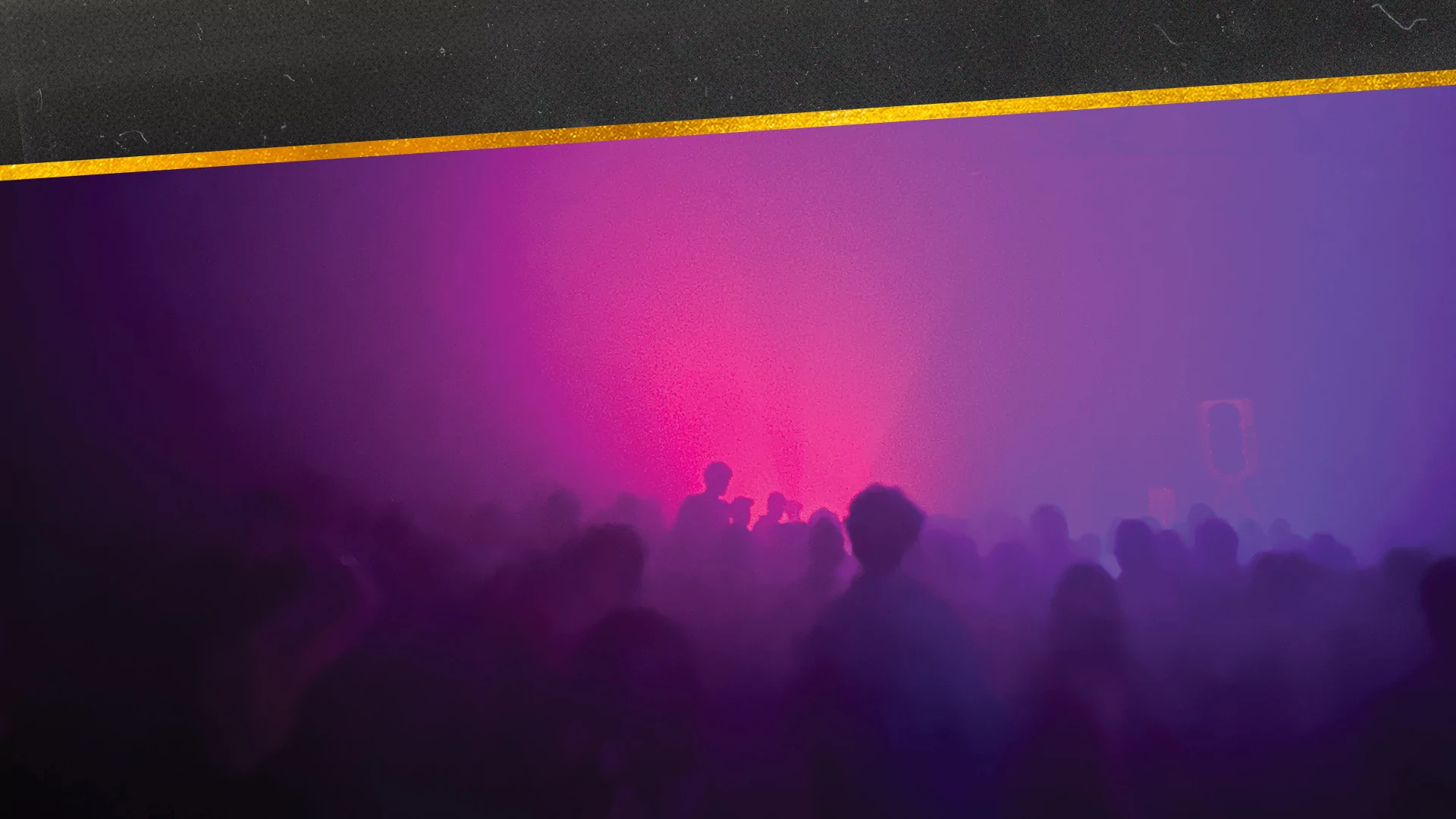
This past January, the Bunker affair, devoted to forward-thinking techno and related sounds, marked its 20th anniversary with a two-day celebration in Brooklyn’s Good Room. The star studded nights featured the likes of long-time Bunker associates Mike Servito, Derek Plaslaiko, Erika, Carlos Souffront, and Patrick Russell, along with more recent additions to the Bunker clan — Lauren Flax, JADALAREIGN, Sister Zo, The Carry Nation, and Justin Cudmore among them.
The celebration had the feel of a family gathering — which makes sense, because many of those attendees had been Bunker regulars since the party’s earliest days, when Bryan Kasenic launched what is now one of the country’s premier outlets for left-of-centre electronics in the intimate (okay, tiny) Lower East Side basement space subTonic.
Some nights would attract just a few friends; on others, the room would be packed with party people for sets from local DJs, visitors from Detroit and beyond, and the occasional big name like John Tejada and Akufen. “Honestly, a lot of the secret to the success of the Bunker is that I was living in lofts that were like $500 or less from 2003 to 2015,” Kasenic says. “That gave me a safety net, to just do my thing and sort of grow it.”
And grown it has, as the Bunker team has over the years added a booking agency and a label to its portfolio, outlasting a slew of venues in NYC’s ever-churning nightlife landscape before alighting in its current home of Good Room. Kasenic now lives upstate in the Catskills, and as of late has been organising Bunker parties for the Hudson Valley’s electronic music devotees; he’s also been tossing an ambient-leaning affair called Going In. After 20 years, he’ll keep pushing the party forward. “I’m just a very determined person,” he says with a laugh. “But as long as people are interested, we’ll keep doing it, and it just keeps evolving. We’ll see how it goes, but I feel like it’s still very early on this journey.” BRUCE TANTUM
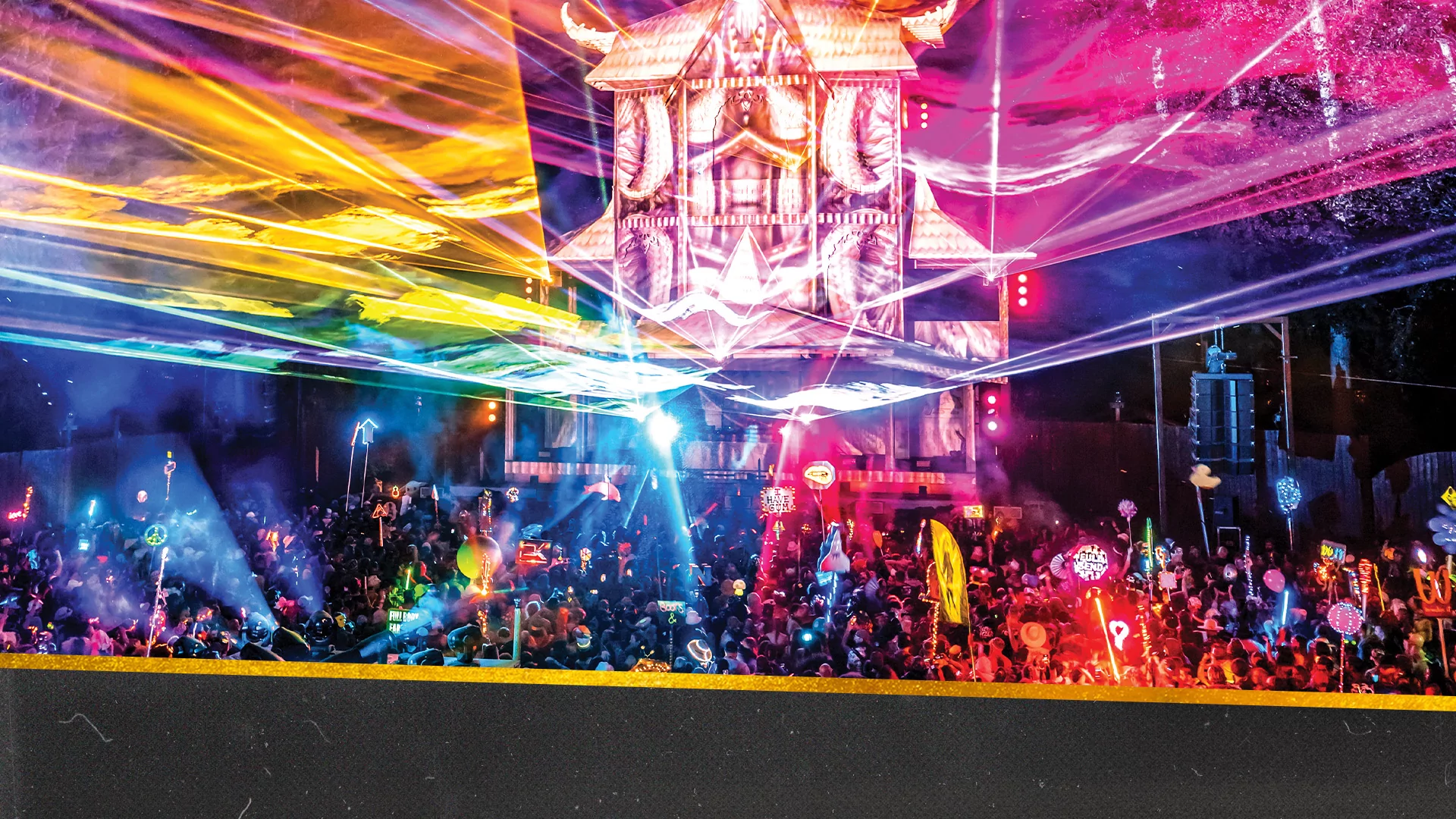
Founded in 1998 on a farm in British Columbia, Western Canada, Shambhala is a world-renowned festival and as of 2023, a two-time winner of the Best of North America Best Festival award.
With Canada maintaining strict Covid restrictions longer than many other parts of the world, 2022 was the first year Shambhala was held since 2019, and many US fans (who usually make up around 35% of the crowd) weren’t able to attend. The event was able to attract a bigger home crowd, however, and US attendees will make up an even larger percentage this summer, we’re told — a testament to the festival’s loyal following and the high regard it’s held in across the continent.
Last year’s event boasted headliners like TOKiMONSTA, Subtronics, CloZee, and Chris Lorenzo, rising stars like A Hundred Drums, Nala, and VNSSA, and a 30-minute opening ceremony with fire and acrobatics displays. But what really makes Shambhala stand out from the pack year after year is its pioneering harm-reduction program — which aims to reduce risk and educate via state-of-the-art drug testing and providing safe spaces for consumption and those in crisis — and its firm independent stance.
“We don’t have a sponsorship; you don’t see other organisations coming in and demanding a presence,” explains festival CEO Neil MacLeod, who reveals big plans are afoot for Shambhala’s 25th edition next year. “We’ve kept very grassroots even as the festival has grown, and our long-term strategy is to continue to stay in that space.” BEN HINDLE
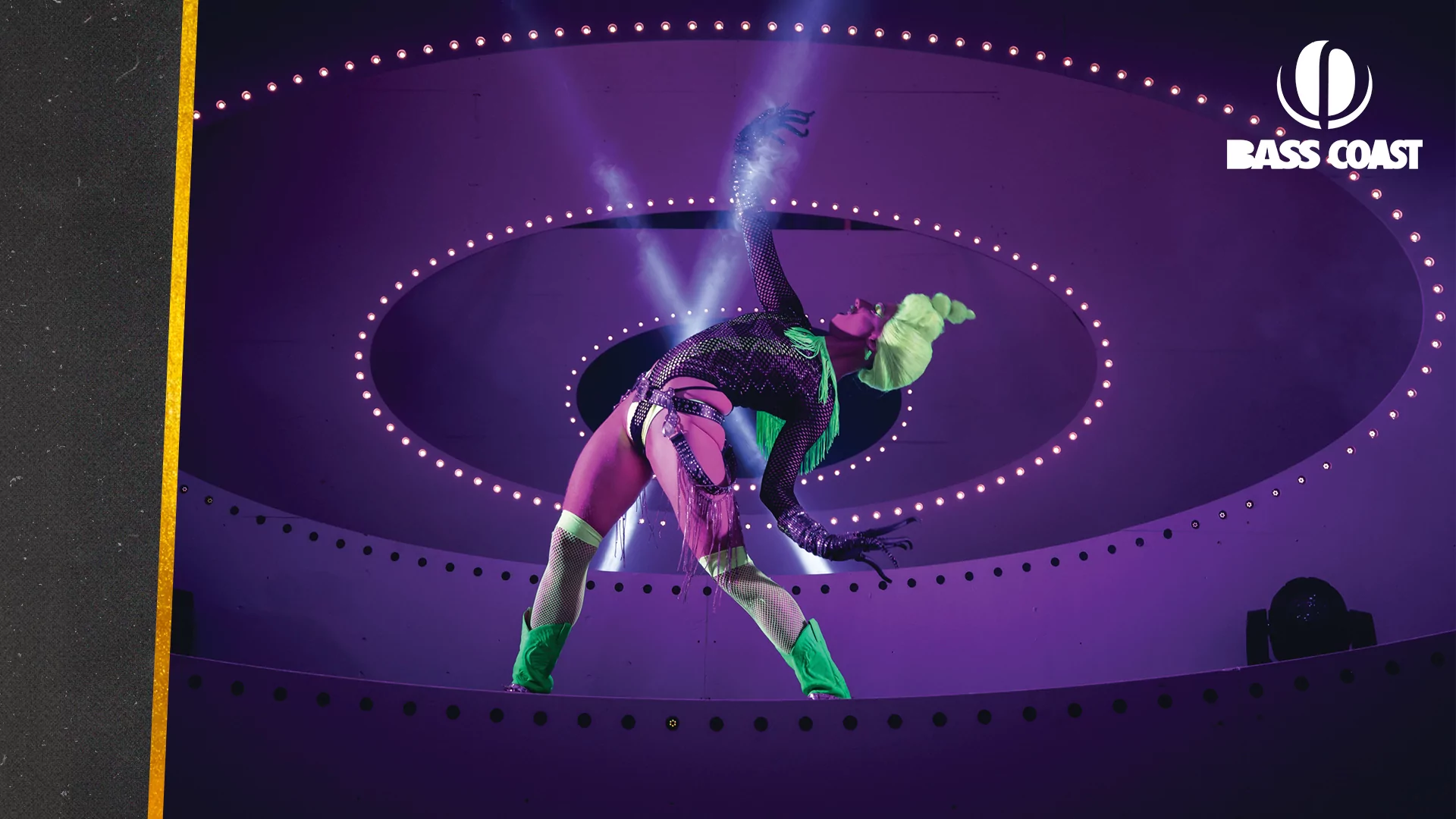
What began as a homespun Canadian “bush rave” has again claimed the title as North America’s Best Boutique Festival. We’re talking Bass Coast, of course — the 6,500-person event that’s home to the largest temporary exhibition of festival art in British Columbia, which transforms the riverside logging town of Merritt into an immersive wonderland for drum & bass, turntablism, house, techno, and bass enthusiasts.
“The recognition has given us a moment to stop and reflect on the last 15 years,” says Andrea Graham, who attendees know as the bespectacled beat-slinger, The Librarian. “The early days of Bass Coast began with zero budget, a vision, and a talented community surrounding us — year one had 450 attendees and though small, the energy was big and the seed was planted to continue on this path.”
And what an incredible path Graham and Bass Coast co-founder Liz Thomson have blazed, even when obstacles threatened to veer them astray. Following devastating floods in 2021, the team banded together to rebuild their electronic safe haven for their 2022 post-Covid return, meanwhile raising thousands of dollars in relief funds for the Merritt Rotary Disaster Relief Fund and Indigenous bands impacted by the natural disaster.
Since its inception, the multi-day festival (which today features an extensive harm reduction program, DJed yoga classes, TED Talk-style lectures, and Boiler Room sets) has welcomed international stars like Claude VonStroke, CloZee, Anna Morgan, Anz, Ivy Lab, and hundreds more, in addition to Canadian all-stars like The Funk Hunters, Mat The Alien, and award-winning turntablists such as Skratch Bastid.
But Graham and her team say it’s more than just an amazing line-up and home team that make Bass Coast a roaring success. The ride-ordie attendees deserve applause, too. “We want to thank everyone who has contributed and participated over the years,” she continues, “your efforts have built Bass Coast into a thriving community and a platform for innovative artists from around the world.” MEGAN VENZIN
Credits: DJ Mag

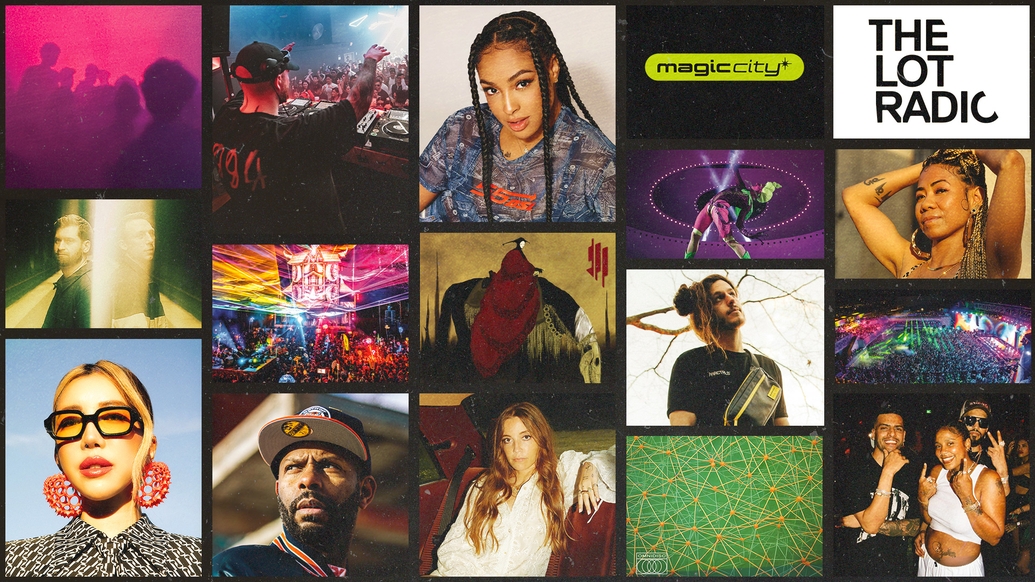
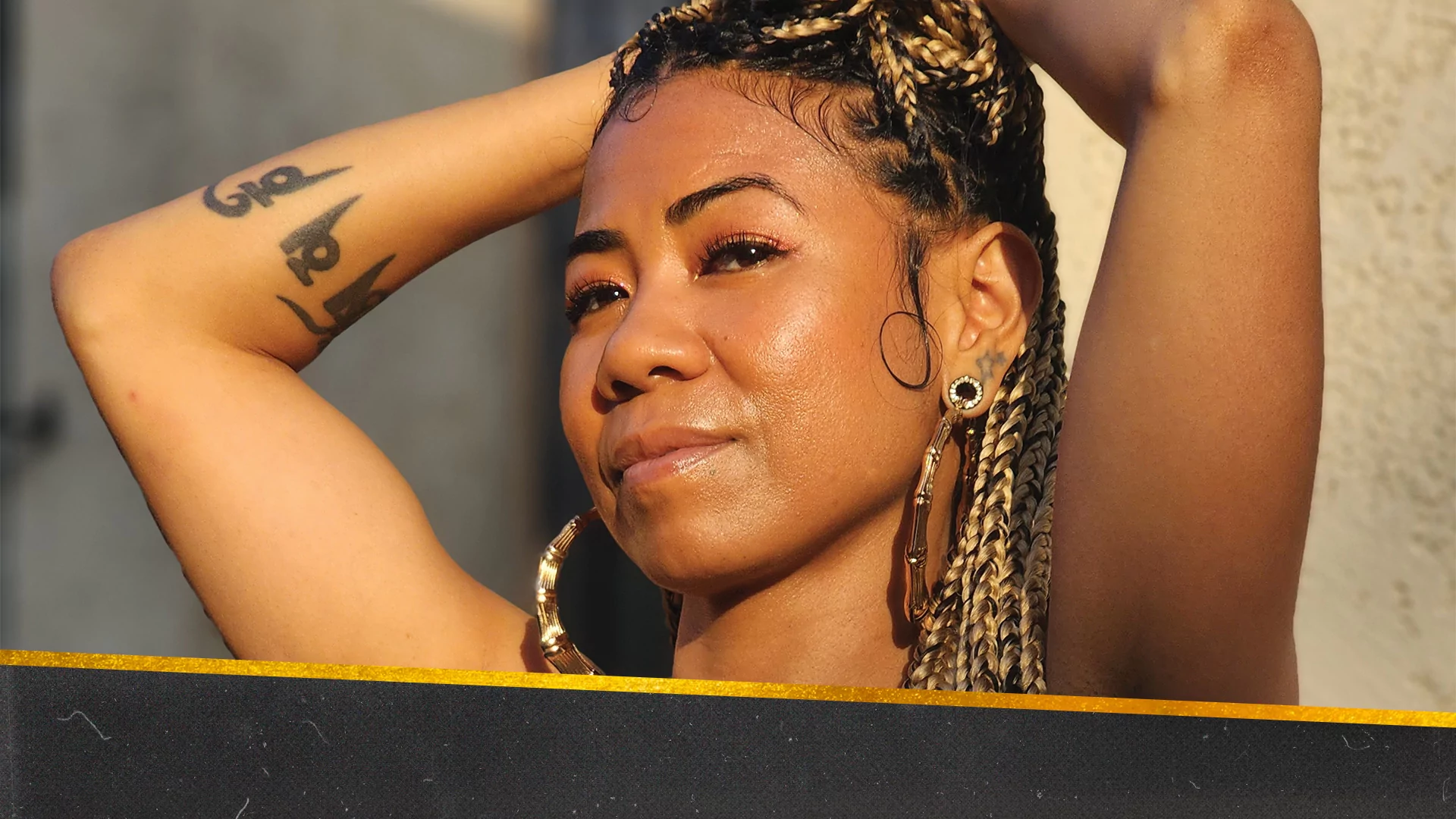


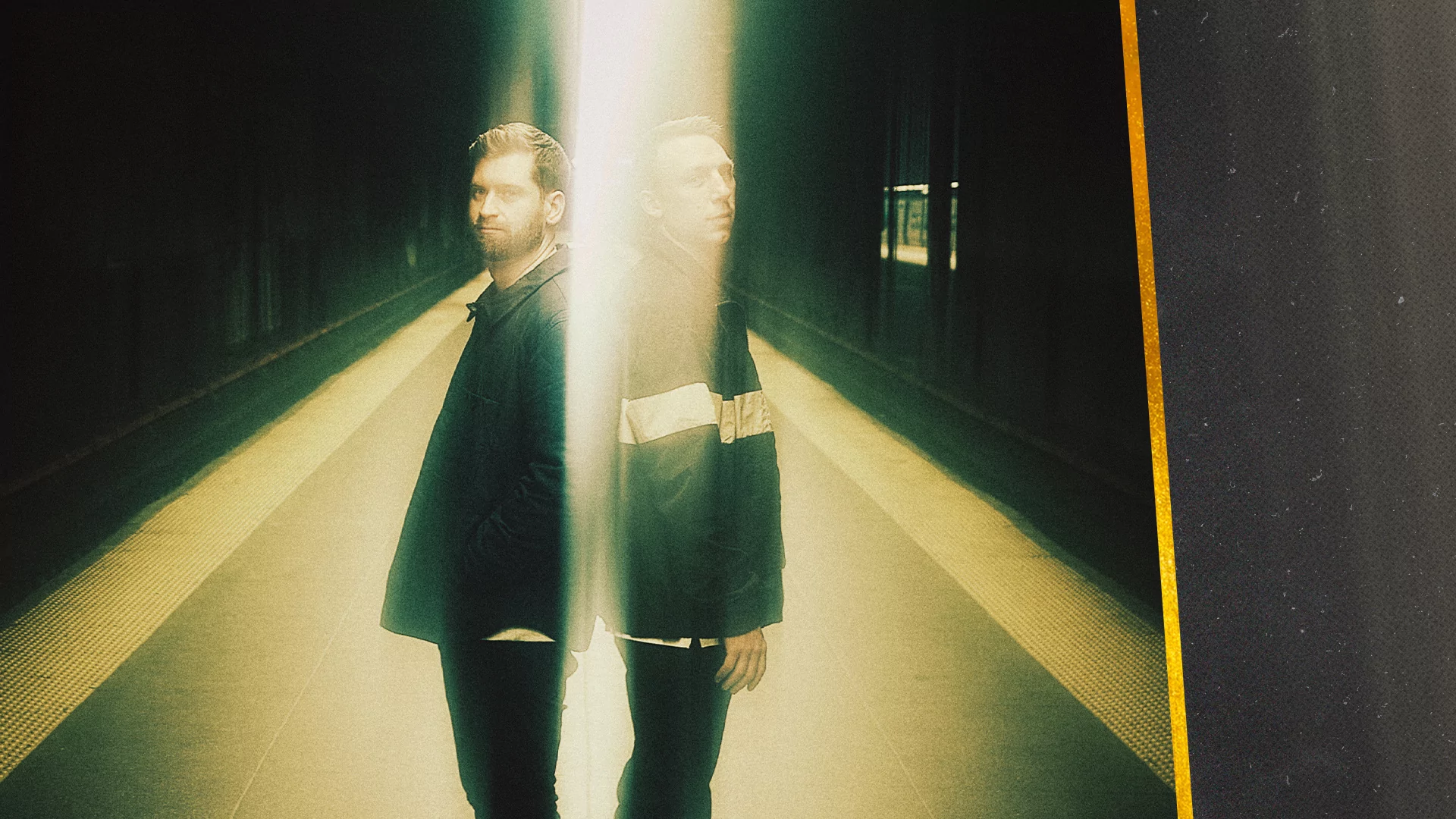
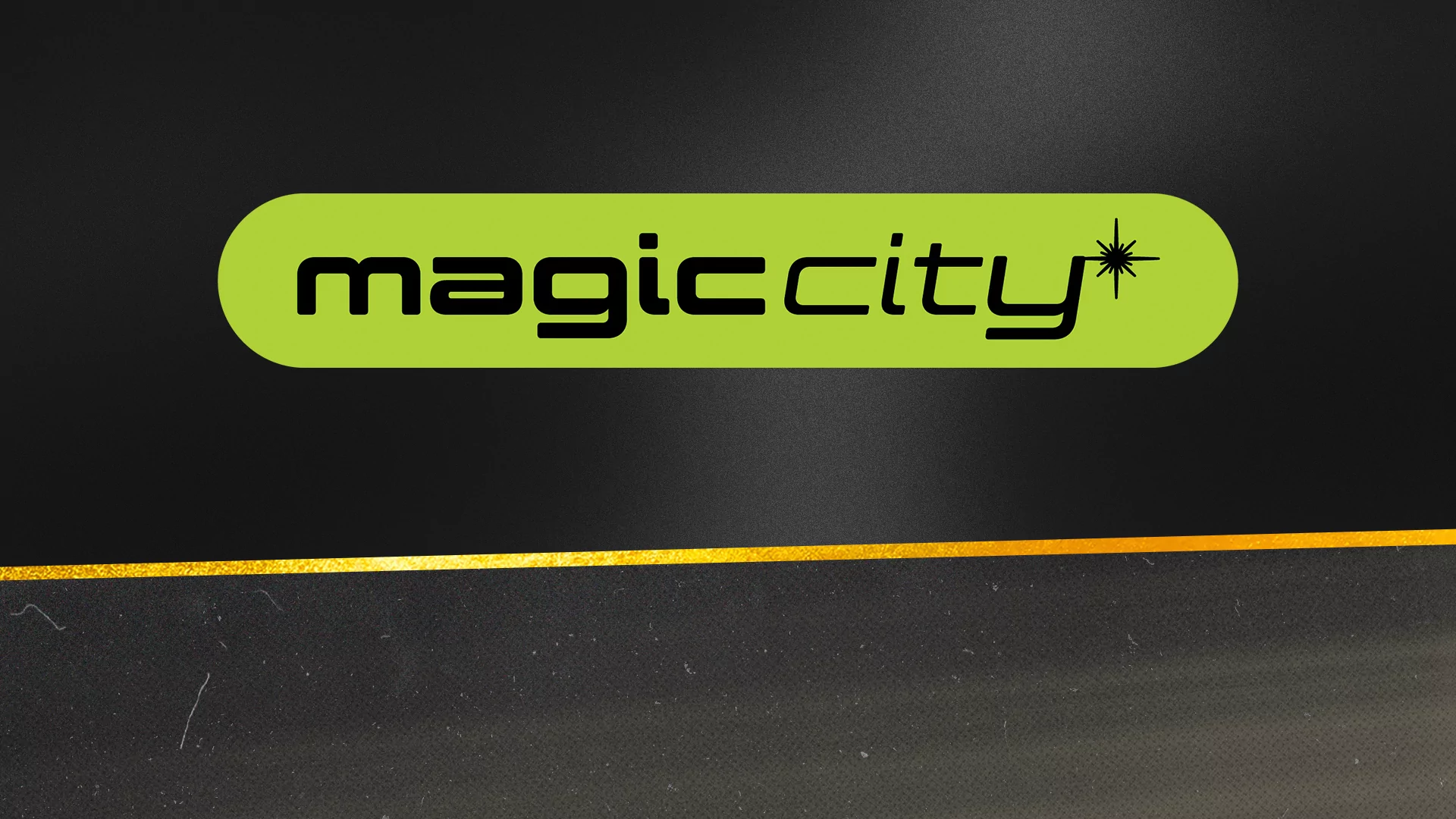












Post comments (0)